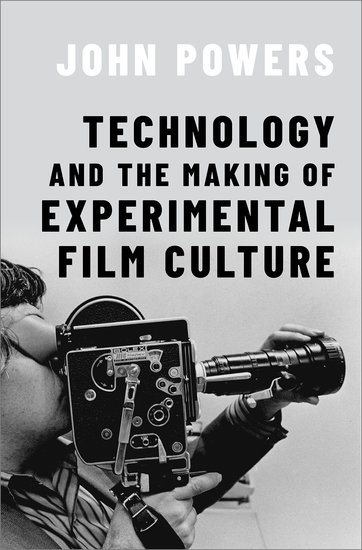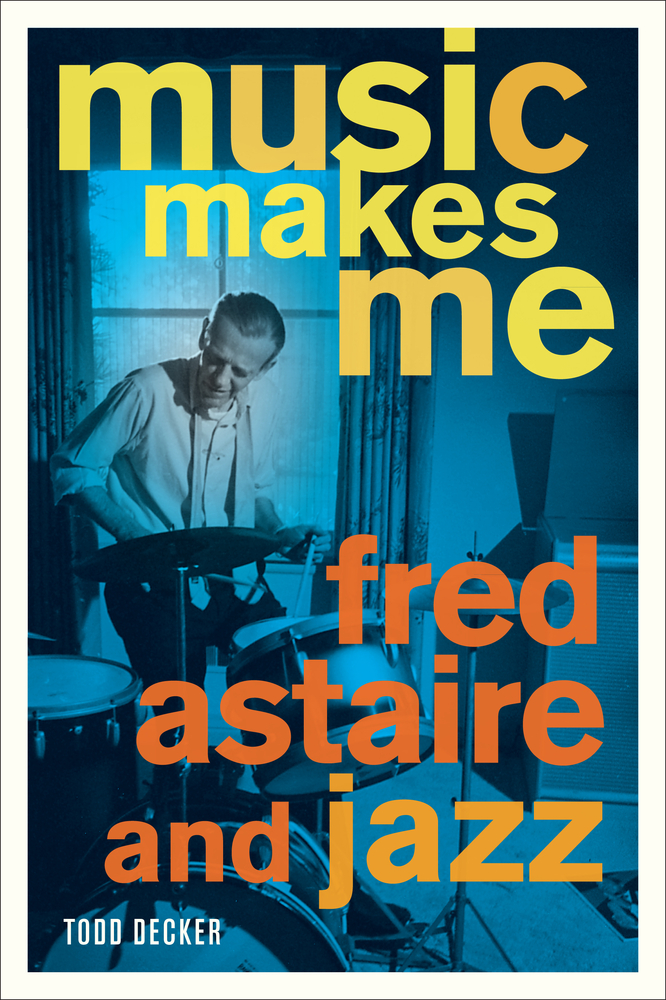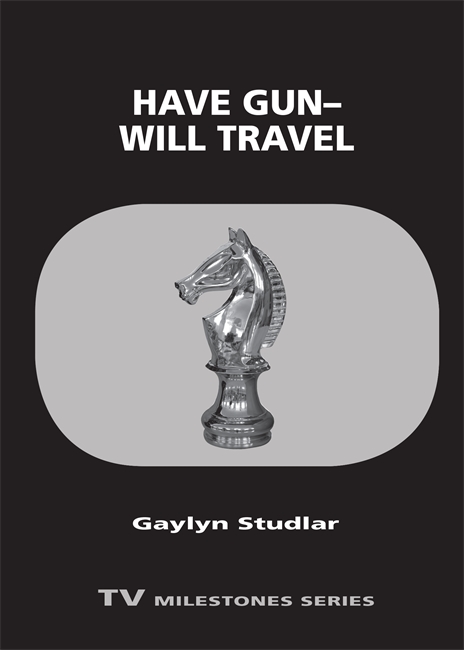About our work
Faculty of the Program in Film & Media Studies have a wide range of scholarly and creative interests. Some faculty are accomplished artistic practitioners who write screenplays or make films/media. Published scholarship of our faculty extends over a broad range of film and media, from silent cinema to video games, from early network television to contemporary film industry practice. Faculty research also extends across global boundaries and includes French, Japanese, Chinese, Mexican, and American film/media. Several of our faculty have especially strong research profiles in addressing the representation of gender and sexuality in film/media. Many are focused on comparative and contextualizing approaches that highlight the relationship of film/media to other artistic modes, discourses, or technologies (including dance, photography, politics, and theater). All of our research-oriented core faculty and a number of our eleven affiliated faculty integrate criticism and theory with archive-based historical research.





